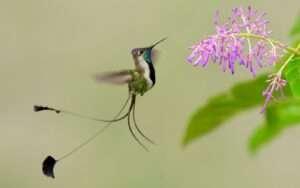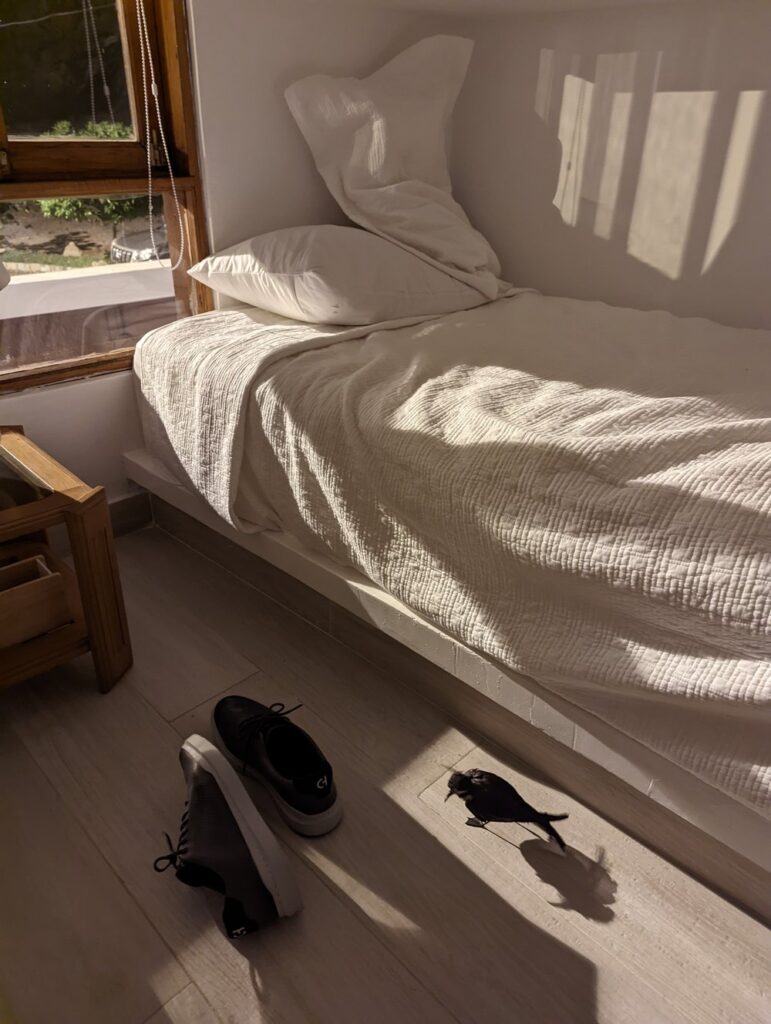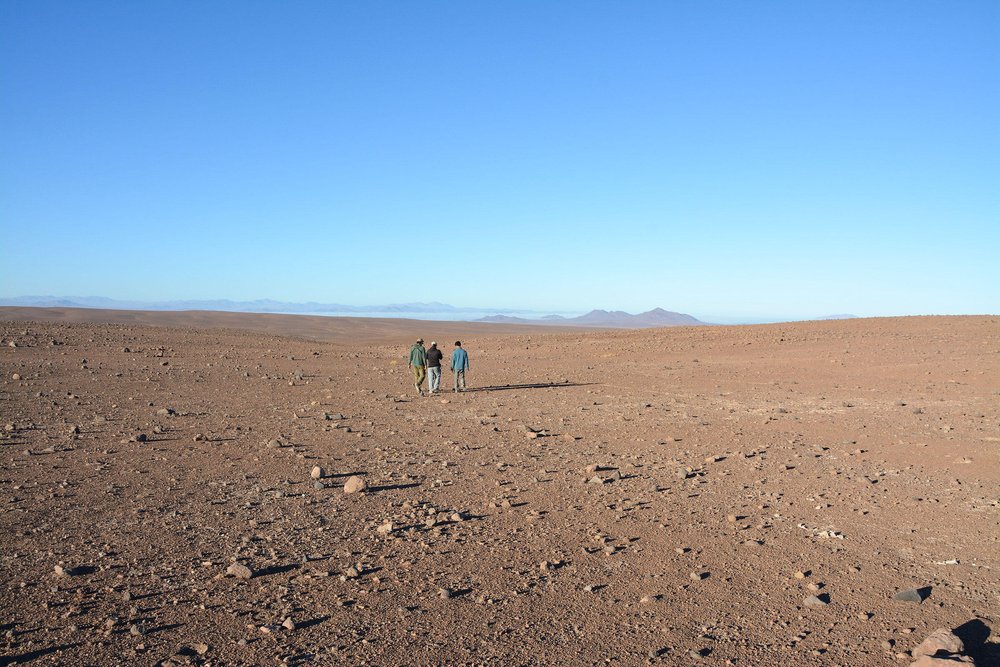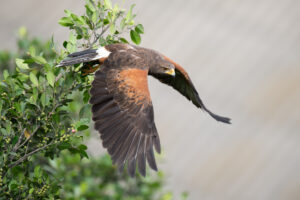
- +51 946 859 289
- wildandestours@gmail.com
- Av San Martin 617, Lima, Peru
Storm-petrels are among the most understudied groups of birds, mostly due to the facts that they inhabit mostly open oceans and nest in remote areas.
In Lima, Peru, we have a current problem with Hornby’s Storm-Petrel getting lost in the city. These birds, while not abundant, are relatively easy to see on our Pelagics trips departing from Lima.
These birds spend the majority of the year in the open ocean, at least 20 nautical miles off shore. However, they have to come to land to nest, and they use the moon as a navigational tool. Unfortunately, the 10-million people city of Lima emits a lot of light-pollution, and outshines the moon, confusing the petrels and making them land on the wrong places, like my room last weekened, for example.

To make things more interesting for this species, we known very little about its breeding biology. We know it inhabits the oceanic biome ranging from Ecuador to Northern Chile, but we known almost nothing about their nesting habits. In fact, until a couple of years ago that a couple of nesting colonies were discovered in Northern Chile, we had not even found a nest. In Peru, we have no records of colonies or nesting cavities. We assume that all those birds that get sucked in by the Lima light-trap are going somewhere to nest, and there are a few educated guesses, but so far nobody has been able to claim jackpot.

Biologists now have the task at hand to localize other colonies throughout its distribution range, as we need to create legislation to protect those areas from human development, agriculture and mining.
If you are interested in reading the publication about the first recorded colony, you can access the PDF of the paper here for free.
Finally, as you can see from the video above, the Hornby’s Storm-Petrel that found refuge on my house is now safe and rehabilitating at the SERFORs office, a governamental branch of the Ministry of Forestry that deals with rescued wildlife.
Welcome to Wild Andes! We offer unforgettable birdwatching and photography experiences for nature enthusiasts. Explore our popular destinations, upcoming tours, and travel alongside expert guides. Let us show you the incredible flora and fauna of Peru!
If you have any questions, or need to request additional details, please do not hesitate to contact us


Subscribe to our newsletter and stay up-to-date with the latest news, offers, and tips.